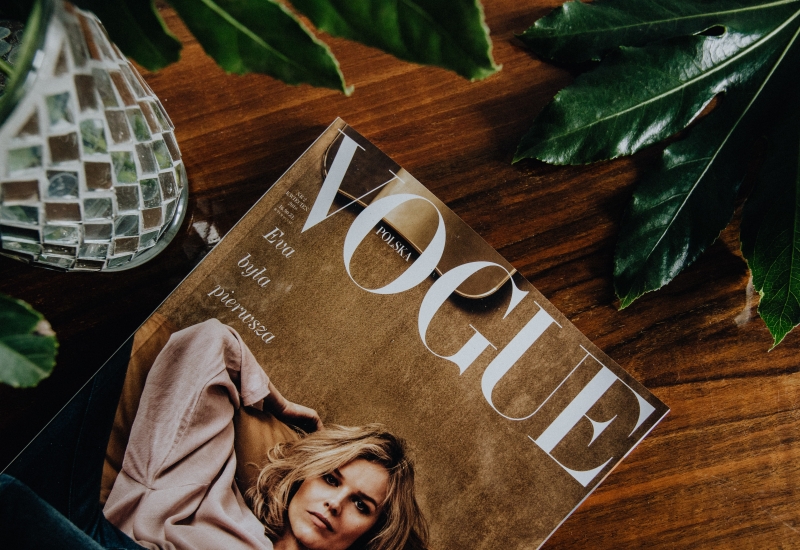Fashion’s appeal is enduring. But in the past, the sector itself has been criticised for its lack of diversity.
Like all media, it often reflects attitudes within our society. So, as our culture becomes more inclusive, so does the fashion industry.
Just how diverse is it, though? Let’s explore its key branches to find out.
Models
For decades, almost all fashion models seemed to share a particular look. Very often, most were taller and slimmer than the average person.
In addition, their images were usually airbrushed before public release. As a result, many people felt detached from clothes brands.
However, over the past few years, the industry has started to change for the better. Well- known names are already championing body positivity through various campaigns. Missguided, for example, showcased its #InYourOwnSkin movement last year, which celebrates what are commonly – and wrongly – viewed as ‘flaws’ or ‘imperfections’ in a
person’s appearance. Similar labels also place diversity at the heart of their work.
Shows and Catwalks
True, we’re seeing wider representation within fashion. What about shows and catwalks, though? How accessible are they for people with physical disabilities? The majority of events accommodate wheelchair users and offer other forms of mobility support. Most function rooms are built to allow a smooth journey from wheelchair accessible vehicles to seats, meaning that all guests can enjoy a stress-free experience.
This isn’t true of all shows, however. Sometimes, accessible seating is reduced to create more space for places for the friends and family of those involved in the project. Whilst industry events are working to meet all guests’ needs, this area of fashion still requires development when it comes to inclusivity.
Clothes Sizes
‘I can’t find the right size!’ It’s a complaint that’s often voiced in high street stores. Many of us struggle to fit into clothes from shop rails.
And though it may sound trivial, it can hugely affect our self-esteem, causing us to feel that our bodies – as opposed to the garments – are at fault. But this looks set to change; and it’s largely down to the internet.
Online stores present an almost endless range of clothes and sizes, whereas actual shops only stock the items that are most likely to sell.
And so, e-retailers are helping more people to embrace how they look. This branch of the industry, therefore, is definitely a key promoter of diversity and inclusion.
It may have a long way to go, but the world of fashion is making steps towards becoming all- inclusive. This is an exciting time for models, designers and style followers alike.
